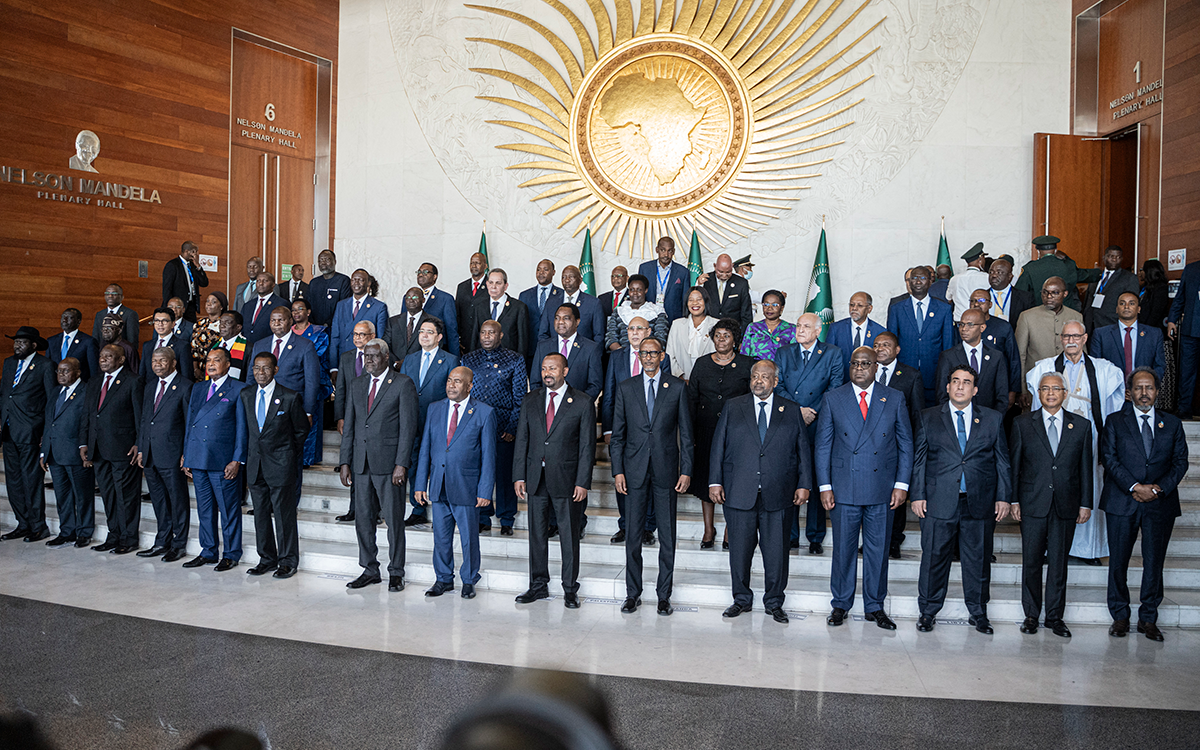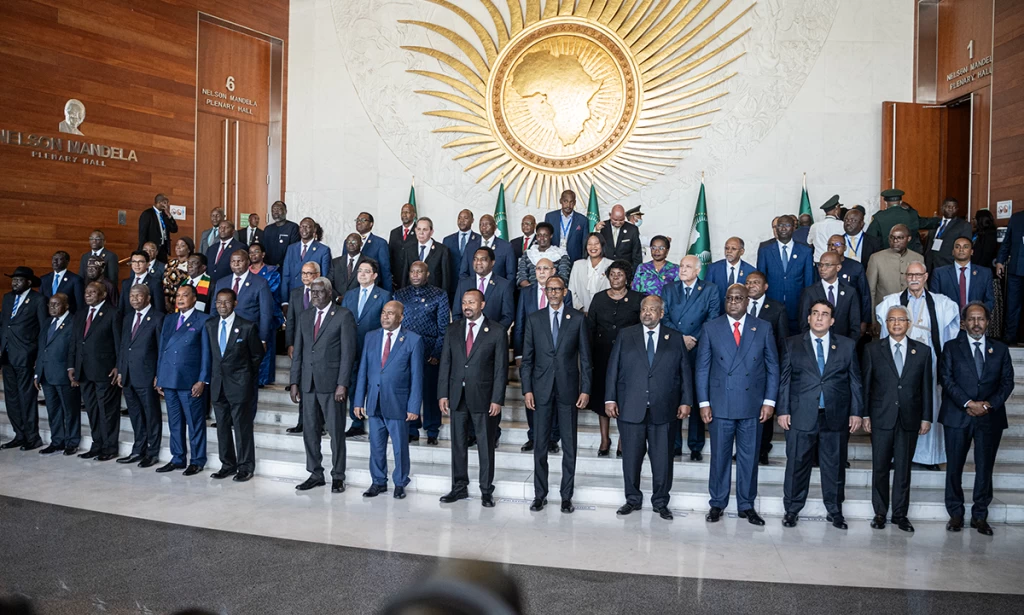**Title: Trump Issues Ultimatum to Hamas: Accept Ceasefire Deal or Face "Hellish" Consequences** 
**Subtitle:** *As negotiations intensify, Hamas conditionally agrees to the "20-point plan," but tensions persist over implementation and post-war governance.*
---
**WASHINGTON D.C., Oct. 9, 2025** – In a high-stakes push to end the two-year war in Gaza, U.S. President Donald Trump has delivered a blunt ultimatum to Hamas: accept the American-backed "20-point" ceasefire plan or confront devastating consequences. The warning, issued via Trump’s Truth Social platform on October 3, set a 72-hour deadline for the militant group to comply, declaring this their "last chance" for a negotiated peace.
The escalated rhetoric coincided with a flurry of diplomatic activity in Egypt, where indirect talks between Hamas and Israel resumed on October 6. Mediated by Egypt, Qatar, and the United States, the negotiations yielded a breakthrough on October 8, when Trump announced that both parties had signed the first phase of the agreement.
---
### **The Ultimatum and Hamas’s Conditional Acceptance**
Trump’s October 3 post threatened "unprecedented hellish strikes" if Hamas rejected the proposal, emphasizing that the U.S. would "let Israel do what it needs to do". Hours before the deadline, Hamas submitted a response agreeing to "immediately negotiate" the plan’s implementation but attached critical conditions. These included:
1. **A permanent end to Israel’s occupation of Gaza**, backed by international guarantees.
2. **Linking the release of Israeli hostages to a full Israeli withdrawal**, demanding synchronized timelines.
3. **Rejecting foreign troops in Gaza’s post-war governance** and opposing the involvement of figures like former U.K. Prime Minister Tony Blair.
Hamas official Mousa Abu Marzouk affirmed the group’s willingness to relinquish weapons to a future Palestinian state but stressed that disarmament would only follow Israel’s withdrawal.
---
### **The "20-Point Plan": Key Provisions and Challenges**
The U.S.-drafted framework aims to address immediate humanitarian concerns while laying groundwork for long-term stability. Key elements include:
- **Hostage-Prisoner Exchange**: Hamas would release all surviving hostages—estimated at 20 Israelis—and return remains in exchange for 1,700 Palestinian prisoners and 250 inmates serving life sentences.
- **Humanitarian Access**: Five border crossings would reopen to allow aid into Gaza, where over 66,000 Palestinians have died since 2023.
- **Withdrawal and Security**: Israeli forces would retreat to agreed-upon lines, with international monitors potentially overseeing compliance.
However, disputes over sequencing and security guarantees nearly derailed talks. Hamas insisted that hostage releases coincide with Israel’s withdrawal, while Israel resisted committing to a full pullback before verifying Hamas’s compliance.
---
### **Regional Diplomacy and Trump’s Personal Involvement**
Trump’s assertive role marked a shift in U.S. mediation. On October 8, he declared the talks "very close" to success and hinted at a weekend trip to the Middle East to finalize details. His son-in-law Jared Kushner and Middle East envoy David Wietzkoff joined negotiators in Sharm El-Sheikh, alongside officials from Turkey, Qatar, and Egypt.
The multilateral push reflected growing international pressure. The UN and Arab states repeatedly condemned Gaza’ humanitarian crisis, while protests across Europe criticized Israel’s blockade. Egyptian Foreign Minister Sameh Shoukry emphasized that the deal must include a path to a "two-state solution".
---
### **Unresolved Tensions and the Path Ahead**
Despite the agreement, underlying frictions persist. Hamas retains influence over Gaza’s governance, and Israel continues to demand security controls. A subsequent crisis erupted on October 25, when Trump gave Hamas 48 hours to return the remains of two American hostages, threatening resumed strikes.
Analysts caution that the deal’s success hinges on bridging core divides:
- **Post-War Governance**: Hamas rejects external oversight but acknowledges the Palestinian Authority’s role in reconstruction.
- **Weapons and Security**: Israel insists on Hamas’s disarmament, which the group ties to full sovereignty.
- **International Guarantees**: Qatar and Egypt pledged to monitor compliance, but trust remains low after prior ceasefires collapsed.
---
### **Conclusion: A Fragile Hope**
As Trump heralds a "great day for Israel" and Hamas vows to "stand by our people’s rights," the agreement represents the most significant step toward peace in years. Yet with deadlines, threats, and unmet demands shadowing the process, the path to lasting stability remains fraught.
For now, the immediate focus is on implementing Phase One: returning hostages, withdrawing troops, and channeling aid to Gaza’s 2.3 million residents. The world watches to see if this hard-won deal can survive beyond the signing table



You must be logged in to post a comment.